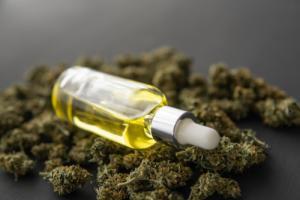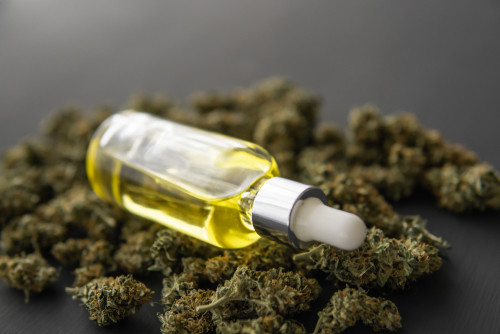
Yearly, more nations are moving to partial or complete legalization of products infused with cannabis compounds. Many regions of the globe have either legalized or decriminalized recreational cannabis consumption in moderate quantities. American states such as Colorado had opened many dispensaries six years ago. By 2018, there were more than 500 recreational cannabis dispensaries across Colorado.
However, businesses looking to get into the market have shown a bigger interest in medical marijuana, owing to the curative benefits of products containing it. With the quick expansion of the medical marijuana market, however, businesses have found themselves striving to be different from rivals. To stay relevant, several companies started to offer multi-purpose hemp CBD products. So, the growing consumption of CBD in many different supplements, skincare products, and beverages is what mainly drives the medical marijuana industry.
The cannabidiol market is expected to hit over $16 billion in six years’ time at a 27.7% CAGR over the forecast period, as per the firm ‘Reports and Data’.
Consumers must clearly differentiate cannabidiol and tetrahydrocannabinol, though. Primarily, cannabidiol is an industrial hemp derivative, but tetrahydrocannabinol is sourced from marijuana. The main THC CBD difference is that the latter does not have any psychoactive effects, but the former does. However, both substances can be consumed to treat health conditions like anxiety and pain.
Furthermore, as per a Healthline report, it is possible to use THC to treat insomnia, glaucoma, and muscle spasticity. As per Analytical Cannabis, strains high in cannabidiol are the ideal options to treat inflammatory pain, induced by injuries or arthritis. CBD is more accessible compared to THC products, so it is relatively more commonly consumed to ease the pain. Usually, cannabis goods are suitable for various patients because these products can have varying amounts of cannabidiol and tetrahydrocannabinol.
For example, a person with severe pain will probably prefer a tetrahydrocannabinol-dominant product, but another having chronic or minimal pain would want a cannabidiol-dominant product or one with equal parts CBD and THC. There has been an increasing interest in CBD for a while, and it appears that more studies are published daily. The sheer number of details presented is slightly overwhelming, but these are contributing a lot to the knowledge of medical marijuana.
The potential of medical marijuana research is surely exciting, and some surprises are possibly in store. Excellent research can take time, but it will ultimately be worthwhile.

